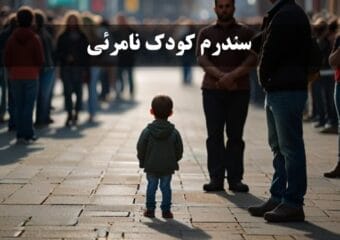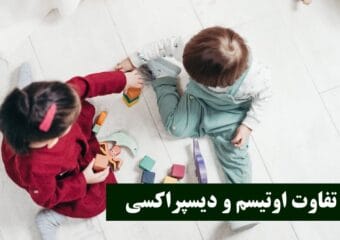
Blog
Anger and aggression in children and adolescents
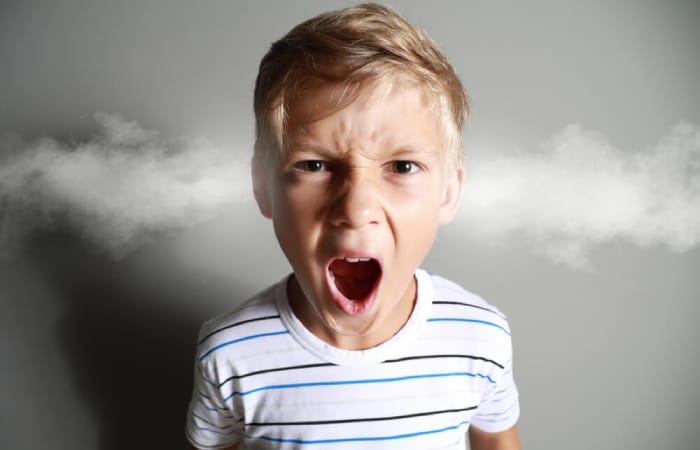
Children exhibit aggression for various reasons, but if parents are aware, they can encourage their child to adopt proper behavior through appropriate reactions.
فهرست عناوین
ToggleReasons for Aggression in Children and Adolescents:
- Frustration: If an individual has a desire but, for any reason, cannot achieve it, they may resort to aggression. If parents promise something to their child but fail to fulfill it, they inject frustration into the child. However, the effort of aware parents is to minimize this frustration and disappointment for their child.
It is important to note that sometimes parents must deliberately and properly plan so the child experiences some frustration, because human biology is not such that everything desired is immediately obtained. For example, when a child plays with a friend, they should be allowed to experience defeat to understand the need to strive for victory. It is the parents’ duty to empathize and support the child in these moments of defeat. - Physical or Psychological Punishment: Physical punishment not only fails to teach the child anything positive but also causes anger and aggression because the child feels oppressed and wronged. Through physical punishment, parents tell the child what not to do but do not guide them on what they should do.
The best parenting method is for parents to avoid physical and psychological punishment and instead help the child face the consequences of their actions to become aware.
Children subjected to physical punishment are more likely than non-punished children to suffer from diseases such as depression and anxiety. Research shows that the volume, development, and functioning of the prefrontal cortex in these children are less than in normal children. - Comparison: Comparing a child to others, whether friends, siblings, etc., poisons the child’s mind and pushes them toward aggression. Negative effects of comparison include decreased self-esteem and self-confidence.
When a child is compared to others, they receive the message that they are not loved, which leads to aggression. Parents then punish the child’s aggression, reinforcing this feeling of being unloved, laying the groundwork for schemas such as mistrust-mistreatment, worthlessness, and so on.
Comparison is constructive only when a child is compared positively to their past self. - Modeling from Parents and Environment: A child can become aggressive by observing parents, others around them, and under the influence of the environment, media, video games, animations, violent content, social networks, and so forth. Parents should gradually remove the child from violent environments by replacing them with appropriate content.
Additionally, parents or relatives who cannot control their anger and constantly quarrel provide a model for the child to imitate. In this case, angry parents or relatives should be taught anger management, and if they do not respond to training, the child should minimize contact with these individuals.
In general, comparison, punishment, humiliation, insult, psychological pressure, and so on should be eliminated in order for aggression to disappear.
On the other hand, the type of conversation, interaction style, and behavior of parents with their child can have a significant impact on the amount of aggression and penetrate their subconscious. Therefore, parents can take steps in the right direction by increasing their awareness.
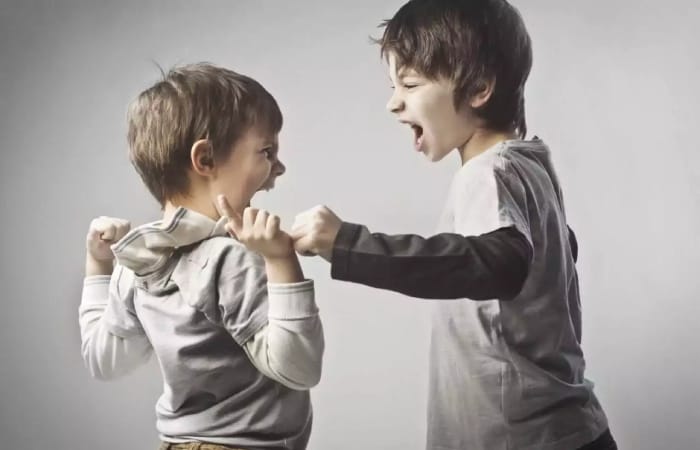
Factors That Ignite Anger in Children
There are a series of factors that cause anger to flare up in children, some of which are discussed in this article:
- Punishment or Scolding by Parents: The simplest solution parents use to deal with their child’s aggression is to respond seriously and shout at them so the child gets scared and stops being aggressive. This method may work temporarily but in the long run, it teaches the child that they can also achieve their desires by shouting. Thus, shouting disrupts the mental health of both parties and teaches the child a wrong lesson.
- Threatening: Threatening creates a negative impact on both parents and the child because it destroys the feeling of safety and causes the child to feel insecure, helpless, and lonely.
- Insult and Humiliation: Some parents, as soon as they see behavior contrary to their wishes from their child, start insulting and humiliating them, which is wrong and leaves destructive effects on the child’s psyche.
- Physical Punishment: Some parents use physical punishment to prevent the child’s aggression; for example, they slap the child. This is very destructive and harmful because the child, with an underdeveloped brain, performs actions without understanding the consequences but faces punishment and physical pain and cannot connect the action with the pain endured. For example, breaking a glass and then getting slapped.
- Parents Giving the Silent Treatment to the Child: Giving the silent treatment actually harms the child and is a form of revenge. By doing this, parents teach the child resentment and anger.
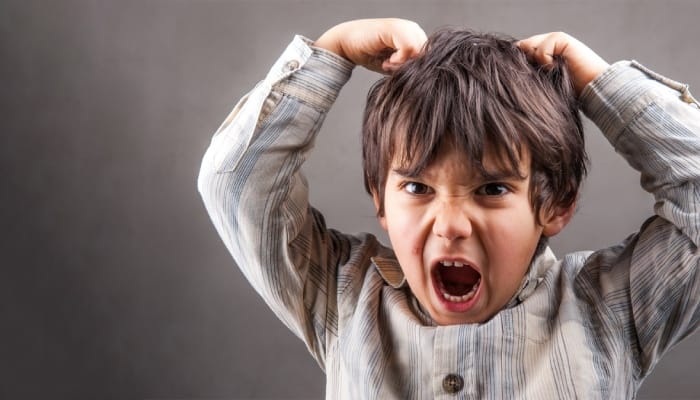
Educational Strategies for Controlling Anger in Children and Adolescents
- Empathy and Support with the Child: Parents should be able to put themselves in their child’s place and see the world from their perspective to understand their world.
- Emotion Control: Parents must be able to maintain their calmness in the face of the child’s aggression and for this, they need to learn the necessary training and skills.
- Teaching the Child: If parents provide the necessary and sufficient education to their child, they can prevent their aggression.
- Hug Therapy: Parents can show love and attention to the child by hugging and caressing them, being active listeners, and spending time with them. In conclusion, it can be said that parents can prevent their child’s aggression with proper behavior or ignite the fire of their anger with improper behavior.
برای مشاوره رایگان و رزرو وقت (یا اگر تماس گرفتید و قادر به پاسخگویی نبودیم) شماره تماس خود را وارد کنید. ما به زودی با شما تماس می گیریم!

